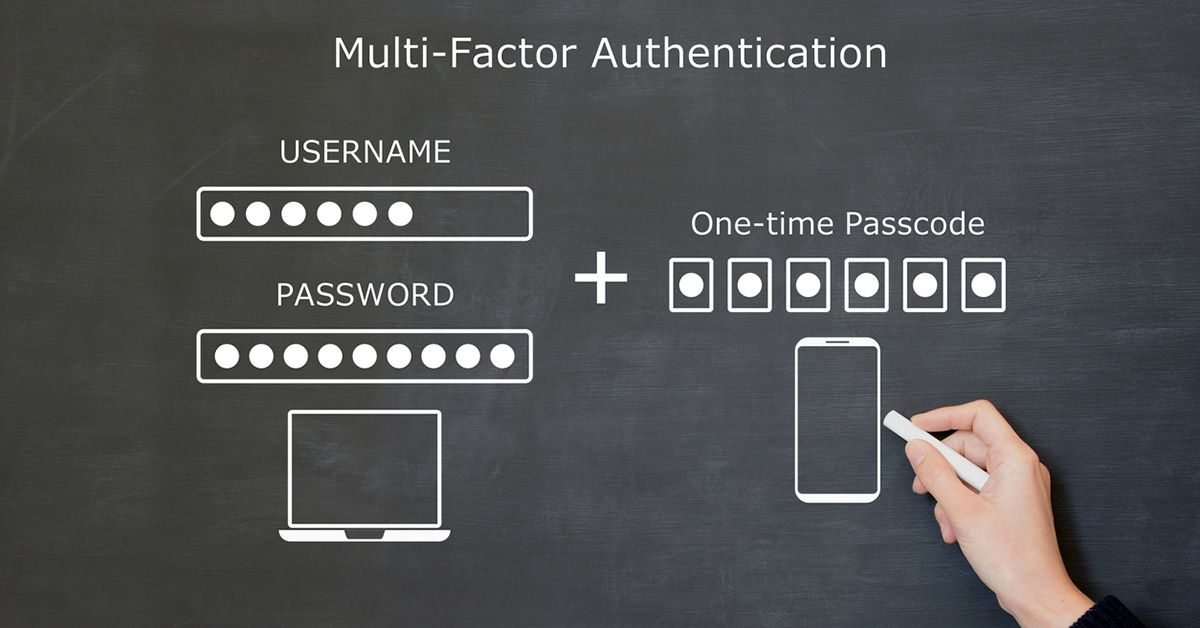
Understanding SASE and how to make it simple
Secure Access Service Edge (SASE, pronounced “sassy”) is the name of a fairly new paradigm in network security and connectivity. The term was coined by analysts at Gartner in 2019, so if we’re looking for a definition of what, exactly, SASE is, Gartner would seem to be a good place to start:
Secure access service edge (SASE) delivers converged network and security as a service capabilities, including SD-WAN, SWG, CASB, NGFW and zero trust network access (ZTNA). SASE supports branch office, remote worker and on-premises secure access use cases. SASE is primarily delivered as a service and enables zero trust access based on the identity of the device or entity, combined with real-time context and security and compliance policies.
Okay, to start with, let’s unpack those acronyms: SD-WAN is software-defined wide-area network; SWG is secure web gateway; CASB is cloud access security broker; NGFW is next-generation firewall; and Gartner has generously spelled out ZTNA for us.
But the most important term in that definition is “converged.” The key to implementing a SASE architecture that provides comprehensive network security and connectivity is the ability to bring a wide variety of capabilities and technologies together so that they share data and interoperate transparently and seamlessly. And therein lies the challenge.
Complexity and security
Very large organizations with large, well-funded IT departments may be capable of doing the highly complex integration required to build a SASE infrastructure from a variety of security solutions sourced from different vendors, but it’s a massive job.
And even if your firewalls, ZTNA solutions, SD-WAN, web gateway, and so on are all from a single vendor, integrating them into a true SASE system is going to be a major, resource-intensive task.
That’s why the best strategy for most organizations is to adopt a platform-based approach to SASE.
SASE without complexity
The idea behind platform-based SASE is that the integration or convergence of multiple different capabilities is baked in from the beginning. This eliminates the main source of complexity, making it easy and fast to implement and manage.
Furthermore, it’s designed to easily integrate new features and capabilities as they are developed. So, admins can rest assured that as time goes by a strong SASE platform will continue to deliver optimal security and connectivity while remaining simple to operate.
Get the whole story
A new webinar is coming up where you can get all the details on how SASE works, why it’s important now, and how a platform-based approach to SASE does away with the complexity that has so far slowed the adoption of this critical network security framework.
At the webinar, Barracuda CTO Fleming Shi and Product Marketing VP Michael Goldgof will cover everything you need to know about SASE and provide answers to all your questions.
In addition, they’ll provide a demonstration of Barracuda SecureEdge, our very own, recently launched SASE platform solution. We are quite proud of it. And if you’ve been wary about diving into SASE — despite understanding how important it is for securing and optimizing remote worker/device access to network resources and cloud-delivered applications and services — then I think you’re really going to like what you see.
Set aside an hour on June 15 to participate in this highly informative event and find out how to make SASE work for your organization — with all the security and none of the complexity.

O Relatório de Perspetivas sobre Ransomware 2025
Principais conclusões sobre a experiência e o impacto do ransomware nas organizações em todo o mundo
Subscreva o Blogue Barracuda.
Inscreva-se para receber destaques sobre ameaças, comentários do setor e muito mais.

Segurança de Vulnerabilidades Geridas: Remediação mais rápida, menos riscos, conformidade mais fácil
Veja como pode ser fácil encontrar as vulnerabilidades que os cibercriminosos querem explorar





